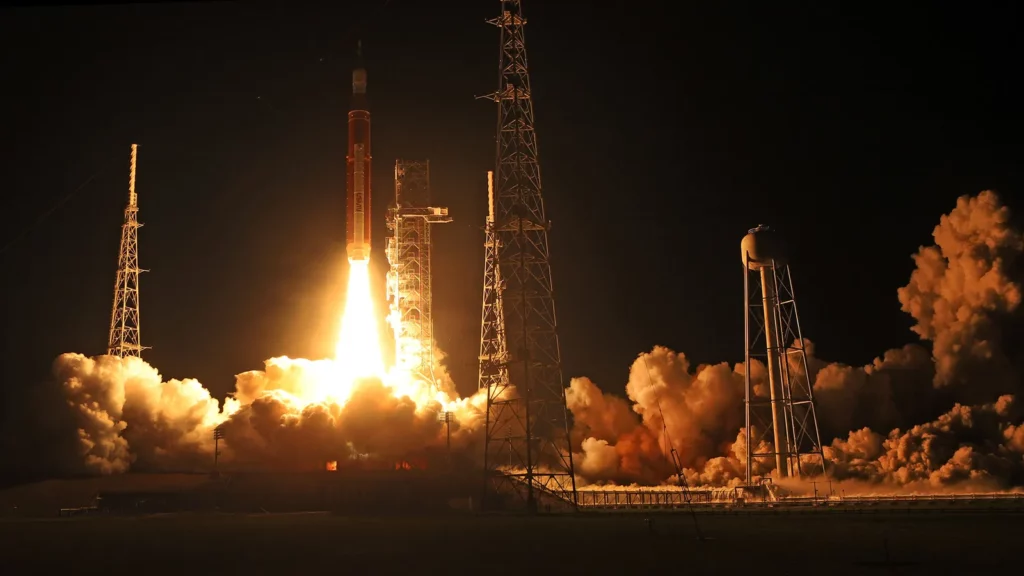The dawn of a new era in lunar exploration, characterized by the ambitious plans to return and establish a base on the Moon, has ushered in an unprecedented opportunity for technological innovation. The latest ventures into space are not just about the awe-inspiring aspect of conquering new territories; they are a hotbed for developing technologies that promise to revolutionize our lives both on Earth and beyond.

The current generation of lunar missions, highlighted by NASA’s Artemis program, aims to transcend previous achievements by not only sending astronauts to the Moon but also sustaining them there. This bold vision requires a comprehensive suite of technologies encompassing autonomous mapping for navigation, radiation shielding, life support, and power generation, alongside the cultivation of a research presence that could pave the way for further solar system exploration.
The interplay between space technology and daily life on Earth is a testament to the symbiotic relationship that has developed over the years. Technologies initially conceived for space applications, such as the multi-resolution scanning payload, have found critical uses in terrestrial domains like mining, where they assist in creating detailed 3D maps of challenging terrains. Similarly, advancements in communication technologies have enabled spacecraft and rovers to maintain contact with Earth, leveraging a network of ground stations and radio telescopes.
One of the most intriguing aspects of lunar exploration is the concept of in-situ resource utilization (ISRU) – the practice of harnessing the Moon’s local materials to support life and operations. This approach, which includes extracting water ice from permanently shadowed craters, is vital for reducing the costs and logistical challenges of lunar habitation. Moreover, the techniques and technologies developed for ISRU have the potential to enhance sustainability practices on Earth, underscoring the broader environmental benefits of space research.
As we stand on the brink of a new frontier in space exploration, the mutual benefits of space and Earth technologies continue to grow. From improving communication systems to advancing sustainable living practices, the current lunar missions are not just about reaching the Moon; they are about bringing the universe closer to us, fostering innovation that benefits our planet and beyond.






